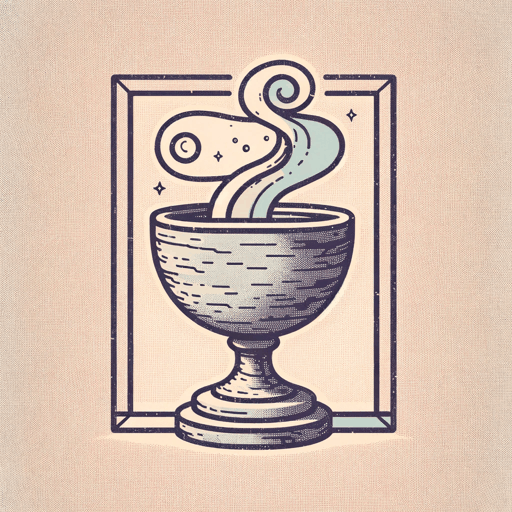44 pages • 1 hour read
Octavio PazThe Labyrinth of Solitude
Nonfiction | Essay Collection | Adult | Published in 1950A modern alternative to SparkNotes and CliffsNotes, SuperSummary offers high-quality Study Guides with detailed chapter summaries and analysis of major themes, characters, and more.
Chapters 4-6Chapter Summaries & Analyses
Chapter 4 Summary: “The Sons of La Malinche”
The fourth chapter, “The Sons of La Malinche” examines Mexican ambivalence about the colonial past. Mexicans, like all marginalized people, struggle against an oppressive reality. Rather than a cruel regime or unjust laws, the central thread of Mexican struggle has always been a struggle with their own history, an unconquerable, internal enemy. This struggle plays out in curse words like la chingada and chingar. Etymologically, these words are linked to tearing, breaking open, and violation; “Chingar, then, is to do violence to another. The verb is masculine, active, cruel: it stings, wounds, gashes, stains” (77).
While Spanish curses are typically blasphemous (reflecting a transgression of an essentially Catholic culture), Mexican curses like chingar and chingada are focused on sadism. This difference reflects the central view of social relationships as “combat” and violence that is common among Mexicans: either you are the violated or you are the violator. This curse expresses a view of the world as brutal and violent. It also expresses discomfort about the potentially violent dimension of the sexual act from which all people originate. The ultimate significance of these terms, however, is their ability to express the tension between “the open” and the “closed,” the longing for 







Related Titles
By Octavio Paz
Featured Collections
Books that Feature the Theme of...
View Collection
Colonialism & Postcolonialism
View Collection
Hispanic & Latinx American Literature
View Collection
Nation & Nationalism
View Collection
Philosophy, Logic, & Ethics
View Collection
School Book List Titles
View Collection
Sociology
View Collection
Women's Studies
View Collection


